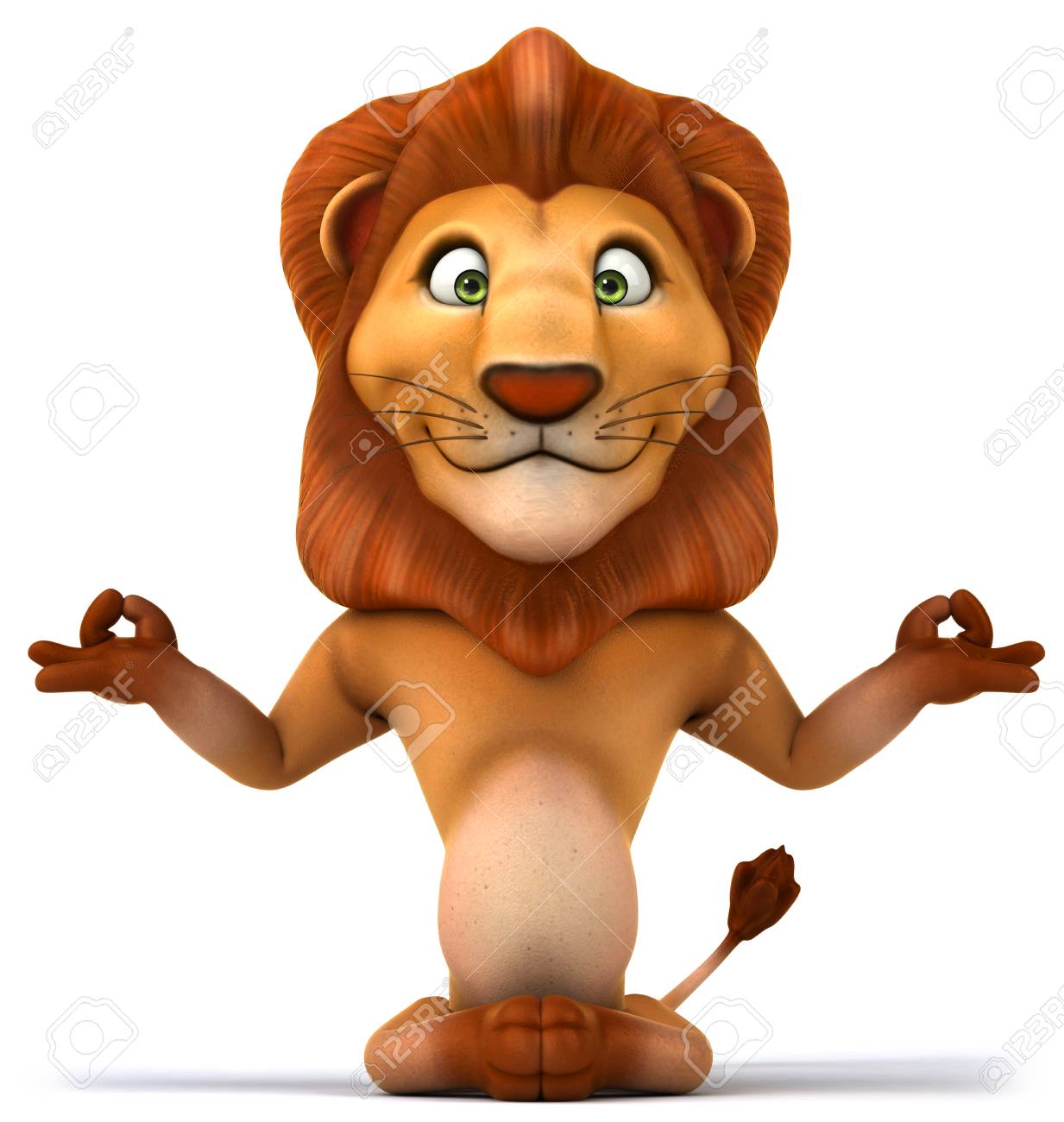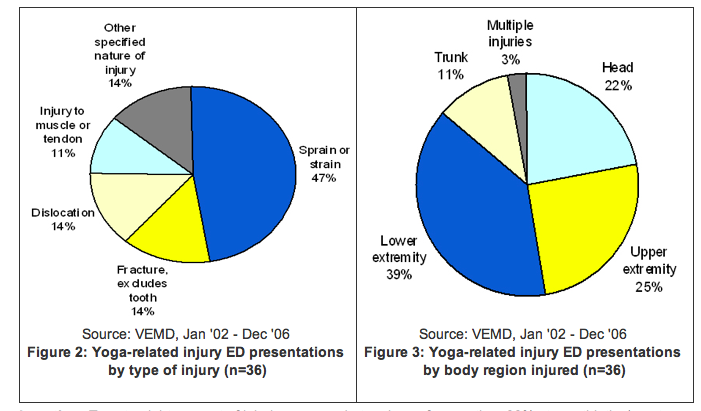
Pranayama's effect on blood circulation and oxygen availability is one of its many benefits. Pranayama also reduces muscle strain and calms the nervous systems. Pranayama improves the immune system. It can be a wonderful addition to any yoga routine.
Pranayama increases blood circulation and oxygen availability.
Pranayama is a series or breathing exercises that increase oxygen availability and blood circulation. It also reduces the activity of the sympathetic nervous system. These exercises allow for relaxation of the smooth blood vessels which in turn increases blood flow. The body can benefit from an increase in blood flow as it is able to eliminate waste products more efficiently and regenerate faster.
Pranayama is an important aspect of yoga. Pranayama is more than a physical activity. It's also a powerful yogic technique that improves the flow of energy throughout your body. According to traditional yoga texts, pranayama refers to four aspects of breathing: relaxation, inhalation, and exhalation. Three pranayama exercise were examined in the present study. They included alternate nostril breathing, voluntary internal breath retention, and abdominal muscle stretching.

Pranayama is a way to help the body eliminate various diseases. Kapalbhati pranayama is one of these breathing techniques. It is performed while sitting and requires inhaling for count and exhaling again for count. You can gradually increase the length of the exhale/inhale. This exercise helps strengthen accessory breathing muscles like the intercostals.
It keeps the pressure off your muscles
Pranayama is an breathing technique that can reduce muscle tension. It relaxes your body and mind. Pranayama can be practiced whenever you feel overwhelmed, stressed, or anxious. The exercises are typically five minutes long and can be repeated as often as necessary. Pranayama should be practiced ten to fifteen days per day in order to reduce stress.
Pranayama can also aid digestion. It allows the body to filter air better and absorb nutrients more efficiently. Pranayama can enhance your cognitive functioning, calm anxious thought, and improve your awareness of what is happening right now. When practiced regularly, it will also help you cope with symptoms of PTSD. This is especially useful when triggering events such as trauma experiences, occur.
Pranayama (ancient form of breathwork) promotes mental and bodily health. It involves a variety of breathing techniques that keep pressure off the muscles. These techniques improve your lung and heart function, and also lower blood pressure.

It helps calm down the nervous system
Pranayama can be used as a breathing technique to calm the nervous systems. These breathing techniques can be used to calm an overworked brain by inflating your diaphragm, sending a signal for the brain to activate and lower the parasympathetic nervous systems and help calm the sympathetic nervous system. They have also been proven to be beneficial for digestion and circulation.
Pranayama is able to calm the nervous system and prevent stress. The stress response was created to save the body in potentially dangerous situations. However, it can become detrimental when it is used to combat everyday stress. It is also thought to increase cognitive flexibility, working memory, and other aspects of cognition.
Pranayama plays an important role in a yoga practice, as it helps to cultivate inner peace. Meditation and breathing exercises can reduce depression, anxiety, stress, and even mindfulness. Surya Bhedan, a right nostril breathing technique that can reduce depression, is also a good option. The rhythmic beats of this breathing technique can be very relaxing.
FAQ
Are there any yoga classes for people with special needs?
Yoga studios can offer classes that are adapted for people with disabilities. These include:
-
Individuals who are physically handicapped and want to improve their posture
-
People with limited mobility
-
Individuals with arthritis
-
Recovering from injuries
-
The elderly
If you know someone who would benefit from these classes, encourage them to join.
Are yoga mats necessary?
Not necessarily. Many studios offer mats for students. These mats can be easily cleaned and made of rubber.
Your mat can be purchased online. A high-quality mat will last many years.
How long does it take to learn yoga?
As with all skills, you need to train your brain so that you can do yoga correctly. You can practice yoga at your own home once you are comfortable with the basic positions.
To start, complete about 20-30 minutes of warm-ups before beginning your class. Begin by warming up with simple stretches. Start to move into more challenging positions.
Once you've learned the basics, intermediate classes are available where you'll be able to learn more advanced moves. For example, if your first attempt at yoga is to learn, you may start with standing poses such as the Tree pose (Vrksasana), Mountain pose (Tadasana), etc.
Which type of yoga is best?
Many yoga styles and poses can confuse beginners.
Hatha Yoga is the most well-known type of yoga. It focuses on stretching and physical fitness. It can also be used to relieve stress and improve your concentration.
Kundalini Yoga, which combines breathing techniques with meditation, is another very popular style. It can provide many health benefits such as improved flexibility, balance, strength, and mobility.
Yin Yoga offers a second option for beginners looking to calm their minds and relax. Yin Yoga focuses heavily on the ability to hold poses or positions for longer periods.
Are there any benefits to yoga for those with chronic illnesses?
Yoga may help with heart disease and chronic conditions like diabetes. It can improve overall fitness, reduce stress and increase flexibility.
Yoga can also help with many other conditions such as arthritis, asthma and depression, fibromyalgia (high blood pressure), insomnia, fibromyalgia.
What foods should I avoid when practicing yoga?
Some foods may cause you to lose energy. It may also cause you to feel bloated or have stomach cramps. It is possible to feel tired from practice and want to eat light, nutritious food.
Statistics
- According to calorie estimates calculated at Harvard Medical School, the average 125-pound person burns about 120 calories in a half hour of hatha yoga, and a 185-pound person burns about 178 calories in that half hour. (everydayhealth.com)
- A 2020 review of 27 studies (1,805 total participants) of yoga interventions in children or adolescents found reductions in anxiety or depression in 70 percent of the studies, with more promising results for anxiety. (nccih.nih.gov)
- About one in seven U.S. adults practiced yoga in the past 12 months, according to a 2017 national survey. (nccih.nih.gov)
- The American Psychological Association recently shared that 84% of American adults feel the impact of prolonged stress (5). (healthline.com)
- Gentle yoga has been shown to ease some of the discomforts of tender, swollen joints for people with arthritis, according to a Johns Hopkins review of 11 recent studies. (hopkinsmedicine.org)
External Links
How To
Yoga is a good exercise?
Yoga isn’t only for those looking to lose weight. Yoga helps you to develop flexibility, balance coordination, strength and calmness.
Yoga isn't just exercise, but an art form. The poses are used as a way to relax and meditate. They improve posture, concentration, and respiration.
Yogis are those who practice yoga. Yogis follow various forms of yoga, including Hatha, Ashtanga, Iyengar, Vinyasa, Bikram, Kundalini, Yin Yang, and Restorative.
There are many types of yoga, but they all have similar goals. Each style focuses on different aspects. There are many yoga styles, including Hatha, pranayama and meditation.
There are some yoga movements that don't require equipment.
-
Sun Salutation – This sequence of 12 poses begins with a forward bend and is followed by 10 more.
-
Warrior Pose: While holding a stick, or staff, you can do a warrior pose.
-
Triangle Pose – To achieve this pose, you need to raise one leg and then bend at the knee.
-
Standing Forward Bend - This position involves bending forward from the waist and putting your legs straight on the floor.
-
Seated Twist – This pose can be performed while seated on either a chair or a mat.
-
Cobra Pose is a position where you lie on your side, with your arms in front.
-
Child's pose - This is when you are lying on your back, face up.
-
Cat/Cow Pose -- This pose is a mix of a cow pose and a cat pose. While lying face down, raise your upper body off the ground. Next, roll onto your back and place both of your hands under you shoulders.
-
Head Tilt: This is when you tilt your head back and keep your eyes closed.
-
Shoulder Stand - This pose is standing upright with feet and arms raised above your head.
-
Tree Pose: This pose requires you to kneel on your knees, with your hands under your shoulders.
-
Bow Pose - This pose is completed by bending forward from the hips and placing your palms on the ground.
-
Corpse Pose -- This pose is for five minutes.
-
Mountain Pose - The mountain pose is where you stand tall while your spine is straight.
-
Legs up the Wall Pose – This pose involves hanging upside down from a wall.
-
Side Angle Pose – This is achieved by leaning against the wall and placing your right arm near the wall.
-
Plank Position - This position is achieved when you lie flat on your stomach and extend your left arm and right foot away from each other.
-
Bridge Pose- Balance on your elbows and toes for this pose.
-
Reverse Table Top - This position is achieved by lying on the stomach and reaching your arms towards your ceiling.
-
Handstand - This position requires balance and strength. Hold yourself in between two walls or use a door frame to do this pose.
-
Half Moon Pose - This pose is also known as Hero Pose. It is performed by standing on your hands and toes.
-
Headstand (or Handstand) - This pose requires excellent balance and strength. You can perform this pose either on a wall or using a doorframe.
-
Forearm Balance: This pose requires that your forearms rest on the tabletop.
-
Spinal Twist- This pose involves lying on your belly and reaching your arms.
-
Supported Bound Angle Pose - This pose requires balance and support. To lean on a sturdy object, such as a tree trunk or an old beam, you'll need one.
-
Wide Leg Forwardfold - To achieve this pose, spread your legs apart while touching your toes.
-
Single Pigeon Pose-This pose is very similar to the wide leg forward folded, but only has one leg.
-
Extended Puppy Dog Poses - This pose can be very relaxing. This is done by stretching your legs outwards and bending your knees.
-
Situated Forward Bend – This pose allows you to sit cross-legged while stretching your calves.
-
Crow Pose – This pose can be difficult but rewarding once you are able to master it. It is done by raising your arms above your head and lowering them until they parallel to the floor.